Home > News and Thought Leadership > #BuildingToCOP27 – scaling social, economic and climate resilience in the built environment

By Cristina Gamboa, CEO, WorldGBC
We are now only one week away from the 27th United Nations Global Climate Conference of Parties, COP27, in Egypt.
At WorldGBC, we are preparing to empower our movement by showcasing built environment leaders acting to scale economic, social, and climate resilience and keep a 1.5oC future within reach.
However, while our flame of optimism and hope for action is still burning strong, there is a threat that momentum for climate action is slowing down in the face of a multitude of global crises.
With the latest UN Climate Change report informing us that combined climate pledges of 193 Parties under the Paris Agreement could put the world on track for around 2.5oC of warming by the end of the century – we must move faster.
The good news is we already have solutions that can change these projections. From green finance to clean energy, the sustainable transformation of the built environment can accelerate resilience and climate action across every sector.
So let me speak candidly and tell you that in this day and age – there is absolutely no excuse for unhealthy, inefficient, high-emitting buildings that contribute to the problem.
Last 26 October, WorldGBC launched a practical guide, Climate Change Resilience in the Built Environment.
In response to the ongoing impacts of our changing climate, and in the lead up to COP27, the UN High Level Climate Champions and WorldGBC shared this principle-based resource, supporting the much needed transition towards people-centric infrastructure solutions considering different urban scales.
It’s time to enable the capacity of the built environment to deliver social value and ensure the resilient solutions we need are implemented in our disrupted world. And it’s time for impactful policy responses from local and regional leaders, to enable this much needed transformation.
Energy efficiency is our cheapest fuel and is invaluable at present times.
Measures which reduce energy demand in buildings are key to achieving global climate targets, whilst also unlocking a host of other benefits, including: increased energy security, better health and wellbeing, reduced air pollution, increased comfort and lower utility payments!
And of course lowering energy bills is particularly important as many homeowners are now grappling with soaring energy prices caused by Russia’s war.
It’s really quite simple – addressing our current economic, social and climate emergencies demands more ambitious approaches to deliver on the energy efficiency agenda.
My hope for COP27 is for global leaders to champion energy efficiency more prominently to unlock its true potential to improve peoples’ lives, and have all of us be climate heroes at the same time.
With almost 40% of global energy-related emissions coming from the built environment, governments everywhere need to explicitly enable our sector to electrify and support the clean energy transition. It’s time to draw down emissions and for serious leadership on the resiliency agenda.
What we need is a rapid shift to a whole life carbon approach in the built environment that considers both operational and embodied carbon in an integrated manner.
We will be campaigning for this at COP27 and continue to demand business leadership from infrastructure projects all over the world.
This means building less, renovating more, activating a resource efficient, circular economy, and making our buildings fossil fuel free.
And we need implementation at scale.
As the COVID-19, cost-of-living, energy and climate crises continue to create economic and political uncertainty, there is certainty about the contribution that a sustainable built environment could make to improve our world. Here are our asks to you.
COP26 put the built environment on the agenda and WorldGBC is determined to keep this topic at the forefront of these climate negotiations and beyond.
But in order to scale solutions we need to see change at a societal level, in policy, economies and cultures.
We all have a role to play in this moment of change, because all of our actions add up.
We all have skills, resources and networks which we can use to amplify action.
We don’t just need a few leaders, this movement needs many.
Whether you’re an investor, architect, engineer, construction worker or facilities manager — join us.
It’s time to scale low carbon, highly resilient and equitable built environment solutions that work for everyone, everywhere.
I invite you to join us supporting the UN High Level Climate Champion’s call to action: “at COP27, the built environment must pivot from ambition to action – to achieve the 2030 Breakthrough where all new projects completed from 2030, are net zero carbon in operation, with >40% reduction in embodied carbon”.
Find out more about how the built environment is being positioned at COP27: buildingtocop.org.
